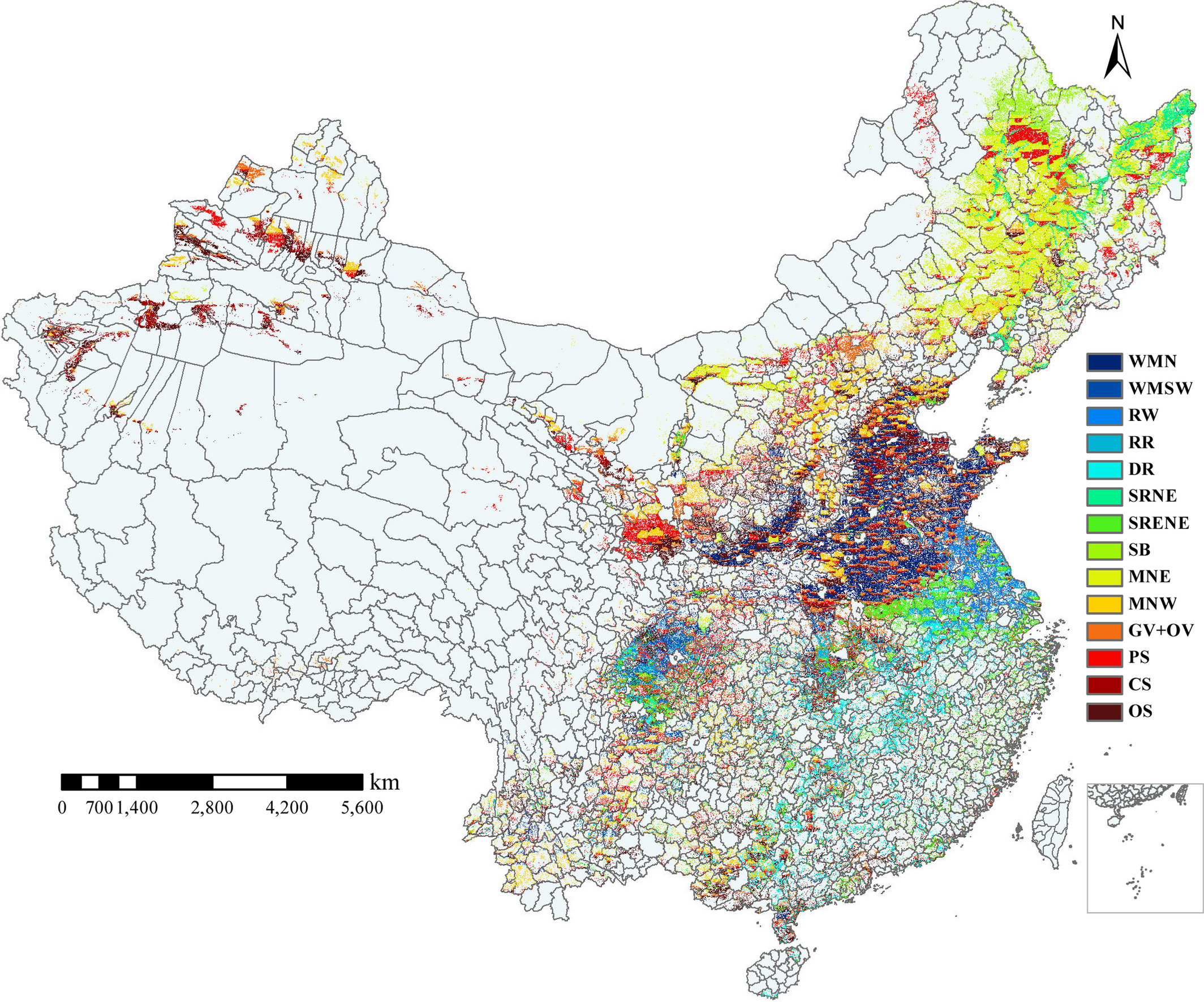

Soil carbon sequestration is being considered as a potential pathway to mitigate climate change. Cropland soils could provide a sink for carbon that can be modified by farming practices; however, they can also act as a source of greenhouse gases (GHG), including not only nitrous oxide (N2O) and methane (CH4), but also the upstream carbon dioxide (CO2) emissions associated with agronomic management. These latter emissions are also sometimes termed “hidden” or “embedded” CO2. In this paper, we estimated the net GHG balance for Chinese cropping systems by considering the balance of soil carbon sequestration, N2O and CH4 emissions, and the upstream CO2 emissions of agronomic management from a life cycle perspective during 2000–2017. Results showed that although soil organic carbon (SOC) increased by 23.2 ± 8.6 Tg C per year, the soil N2O and CH4 emissions plus upstream CO2 emissions arising from agronomic management added 269.5 ± 21.1 Tg C‐eq per year to the atmosphere. These findings demonstrate that Chinese cropping systems are a net source of GHG emissions and that total GHG emissions are about 12 times larger than carbon uptake by soil sequestration. There were large variations between different cropping systems in the net GHG balance ranging from 328 to 7,567 kg C‐eq ha-1 year-1, but all systems act as a net GHG source to the atmosphere. The main sources of total GHG emissions are nitrogen fertilization (emissions during production and application), power use for irrigation, and soil N2O and CH4 emissions. Optimizing agronomic management practices, especially fertilization, irrigation, plastic mulching, and crop residues to reduce total GHG emissions from the whole chain is urgently required in order to develop a low‐carbon future for Chinese crop production.

Spatial pattern of cropping systems in China. Abbreviations are shown in Table 1, and GV + OV represents total vegetable production. These abbreviations are also used in subsequent figures